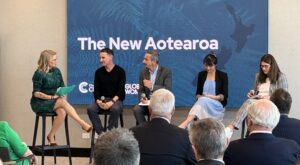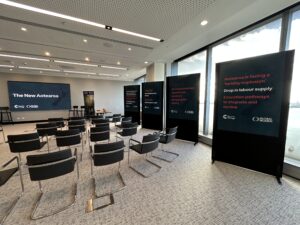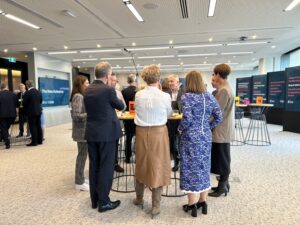
Did you know that by 2043, New Zealand’s then six million-strong population will represent a demographic that’s 25 percent Asian, 21 percent Māori, and 11 percent Pacific?
It’s this very shift that was spotlighted by the Champions for Change as they came together for the first summit of the year in May.
How as a collective can we harness the changing face of the communities we employ and serve? How can we design workplaces that are adaptive to a much more diverse community and customer base? How can we shift away from what has served us well in the past, and supercharge a future-focused way of being?
Embracing, including and retaining diverse talent is no longer the right thing to do. It’s fundamental.
One thing was certain among these discussions: embracing, including and retaining diverse talent is no longer the right thing to do. It’s fundamental.
With this in mind, we brought together a mix of experts to share their insights and provoke questions on what this means.
Just how rapidly is the demographic profile evolving? Professor Emeritus Paul Spoonley discussed this in depth with a presentation of interesting findings.
How could we make Auckland, a super diverse city, more connected as an ecosystem and as a destination for diversity?
It was then over to Global Women Member, Dr Hinemoa Elder to expertly moderate a panel where Dan Te Whenua Walker (Global Co-Chair of Indigenous at Microsoft), Dr. Angela Lim (CEO and Co-Founder of Clearhead), Dominick Stephens (Chief Economic Advisor, The Treasury) and Justine Smyth (Chair, SPARK) shared perspectives.
With many insights shared, more questions were inspired.
Community was at the heart of the kōrero. “How to attract people using existing employees was an interesting idea, and using the unique characteristics of each business was something to explore further,” notes Dr Hinemoa Elder. This was also echoed in conversations about the interface between the young workforce and older workforce staying on longer.
There was of course a geographical element. How could we make Auckland, a super diverse city, more connected as an ecosystem and as a destination for diversity?
The spirit of connection also was present in questions about industries. How can we build links between the corporate world and public service/government emerging to keep our industries prepared and prosperous?


